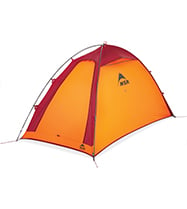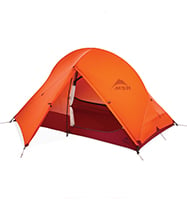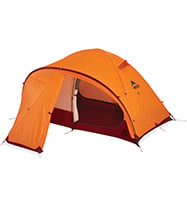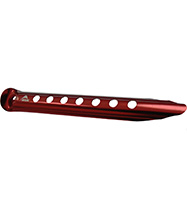How to Choose a Winter Tent
Whether you’re a mountaineer looking to bag the next peak or a backcountry snowboarder seeking a fresh line, you have ambitions to experience winter camping this year. But when it comes to choosing the right winter tent for your snow-laden adventure, where do you begin? Long nights and cold temperatures raise the stakes for picking the right tent for your specific needs. Luckily, we’ve created a guide to help you choose the perfect one.
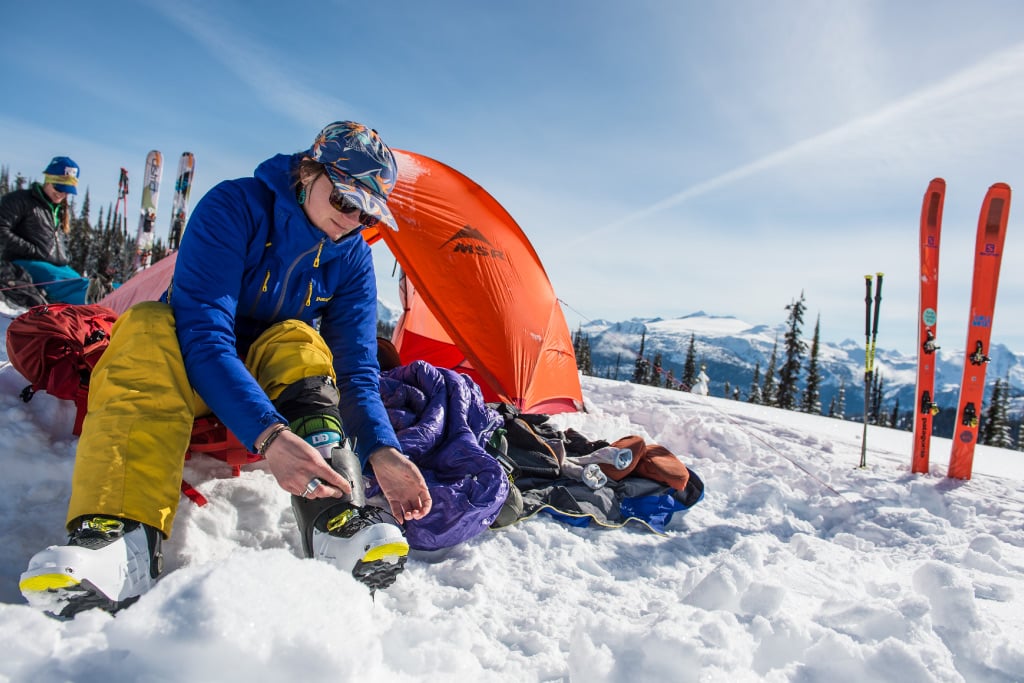
Step 1: Choose Your Environment
The primary factor in deciding between a 3-season and a 4-season tent is the type of environment in which you plan to use it. Whereas a 3-season tent is designed for lightweight performance and breathability in temperate conditions, a 4-season tent is designed to withstand intense winter winds and heavy snow loads.
3-Season Tent
3-season tents (commonly called backpacking tents) are great for most non-winter adventures, such as fall backpacking, spring treks, or summer campouts. The MSR Elixir, Hubba, and FreeLite series fall into this category. Equipped with mesh panels for ventilation and a double-wall construction that includes the tent body and a rainfly, they’re designed to offer protection from bugs, wind, and rain while remaining lightweight and breathable.
4-Season Tent
Built to balance warmth, strength, and weight, these all-season tents are the choice for camping in a snowy environment. A more robust frame structure helps these tents withstand snow build-up without collapsing, while a reduced mesh area can trade a bit of extra weight for a warmer, more protected interior environment.
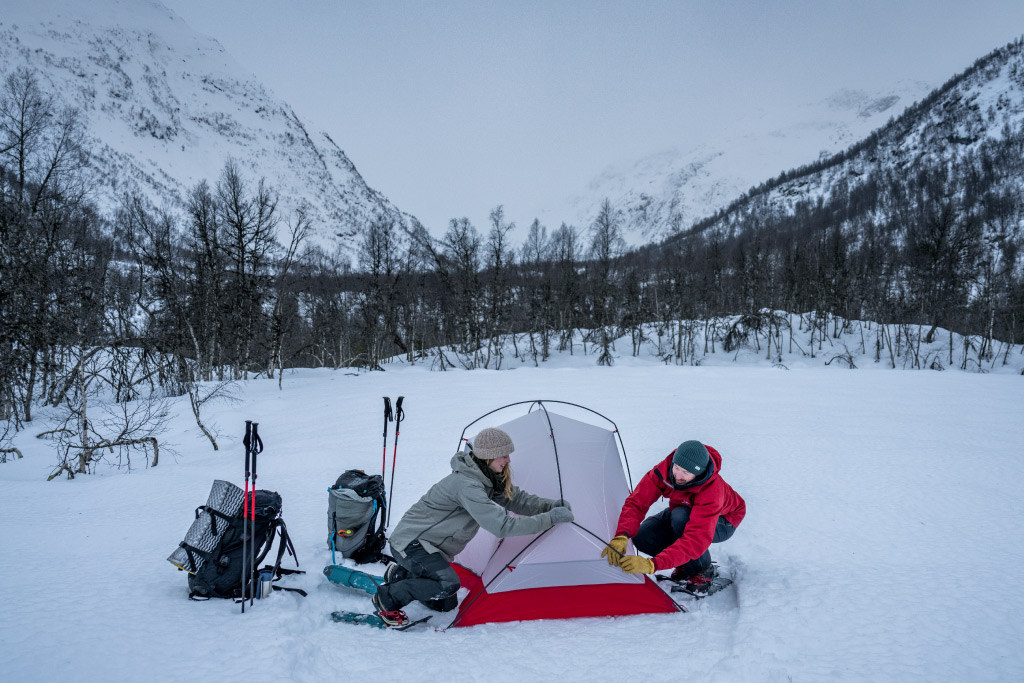
Step 2: Choose Your Activity and Terrain
Within the four-season category, there are three types of tents to look at based on your intended activity and selected terrain.
Four-Season Mountaineering
If you’re looking to summit a serious mountain like Denali or Mt. Rainier, choose an all-season mountaineering tent such as one from the Remote Series. With generous vestibule storage space for bulky winter gear and a robust double-wall design for harsh winter conditions, these tents are built specifically for exposed, above-treeline mountaineering pursuits. A large footprint also means plenty of space for sitting out harsh winter storms, while snow flaps help protect the interior from blowing snow.
Alpine Bivy
If you’re an alpinist or a serious winter adventurer seeking ultralight construction and a smaller footprint for easier pitching in small places, look to the Advance Pro. Proven in extreme environments like the Himalayas, its durable single-wall design sheds weight for those who want a lighter pack and provides reliable, fast-pitching protection in technical terrain. It utilizes nearly indestructible composite poles and can be set up fast, even in precarious positions, so you can quickly escape incoming weather.
Four-season Ski Touring / Snowshoeing
If you’re a backcountry traveler looking to camp on snow below treeline with some protection from the wind, look to the MSR Access Series. These tents are designed to offer the best of both worlds, with easy setup and double wall protection, yet they’re light in your pack while skiing and climbing. This series features a lighter overall weight than the mountaineering types by forgoing the hoop vestibule and snow flaps and utilizing strategic mesh placement for increased airflow and moisture control. Suppose you’re planning a trip longer than a week and might be in the tent for extended periods while waiting out a storm. In that case, you may want to consider a tent with a larger footprint and vestibule, such as the mountaineering-specific Remote Series.
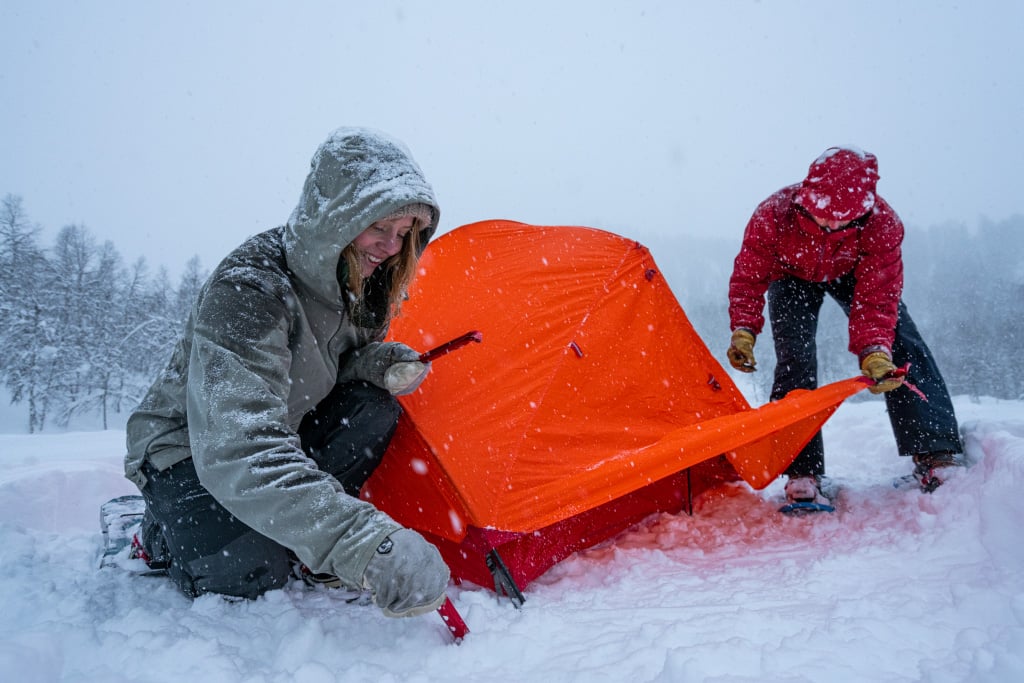
Step 3: Choose your Performance Features
Winter tents are designed with a variety of different features to maximize warmth, weight-savings, and durability.
Poles
A significant feature of 4-season tents is the sturdy geometry and durable pole construction. MSR utilizes Easton® Syclone™ poles, which use light, cutting-edge composite materials to resist breaking, even in fierce winds.
Tent Doors
When choosing your tent features, it’s beneficial to consider the number of doors you’ll need. Two doors will maximize sleeping space and provide easy entry and exit.
Ventilation
Balancing winter warmth with lightweight packability is an important consideration. All MSR 4-season tents offer strategic mesh and built-in ventilation. Ski touring-specific tents like the Access series trend towards increased breathability and lighter weight, while mountaineering tents offer greater warmth for high-altitude nights. Single-wall tents will have the least ventilation but can’t be beaten when it comes to weight savings.
Vestibules
Essential for bulky gear storage and keeping the weather out when getting in and out of the tent, vestibules are a key feature to consider. On mountaineering-specific tents such as the Remote Series, snow-flaps help guard the vestibule against blowing snow. While they add weight, the extra living space is a real plus on extended and gear-intensive trips.
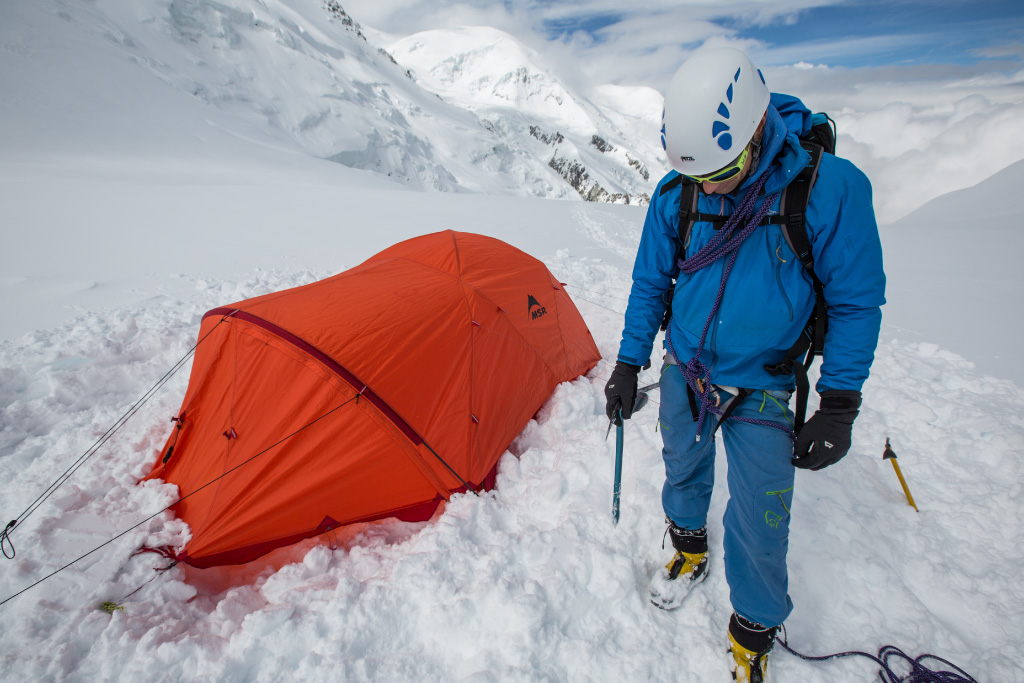
What We Recommend:
First, you can choose either a 3-season or a 4-season tent based on the environment you plan on being in this winter. If you’re looking to camp on snow or in sub-freezing areas with the potential for strong winds, choose a 4-season tent. Next, narrow down the tent model based on your chosen activity and terrain. For mountaineering pursuits or for camping above treeline with exposure to harsh winter conditions, look to the Remote Series. For below-treeline backcountry pursuits like ski-touring, look to the Access Series.
- High-Alpine Minimalists: Advance Pro
- Ski-Touring or snowshoeing on backcountry trips shorter than a week: Access Series
- Mountaineering pursuits above treeline with constant wind exposure: Remote Series
Related Posts
- 3-Season vs. 4-Season Tent: Which is Right for You?
- Best 4-Season and Mountaineering Tents by MSR
- The Ultimate Guide to MSR Tents
 About the Author
About the Author
As a freelance writer and designer, Claire Montana Jencks works with outdoor brands, non-profits, and publications to share stories of outdoor adventure. Though she works all over the world, her roots are in the PNW. Surfing, mountain biking, and skiing are her passions.
Updated. Originally Published November 26, 2019.

